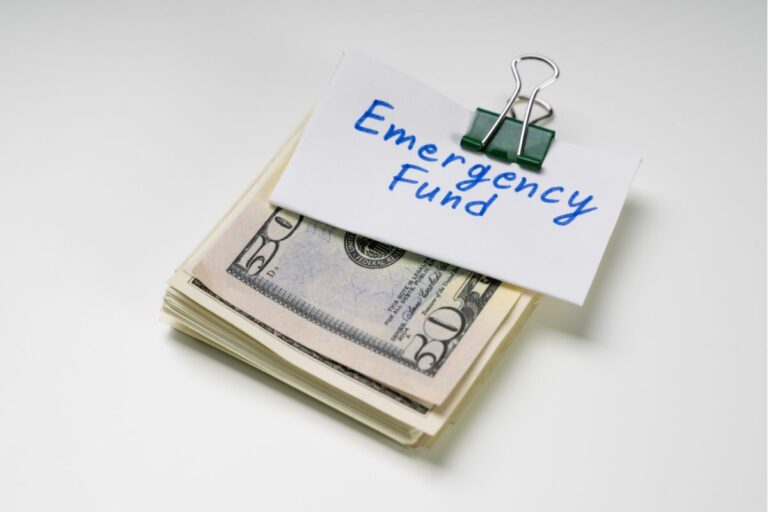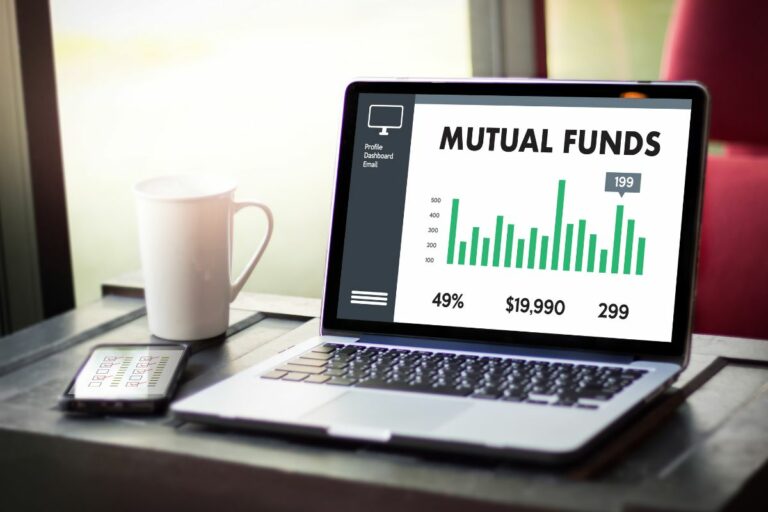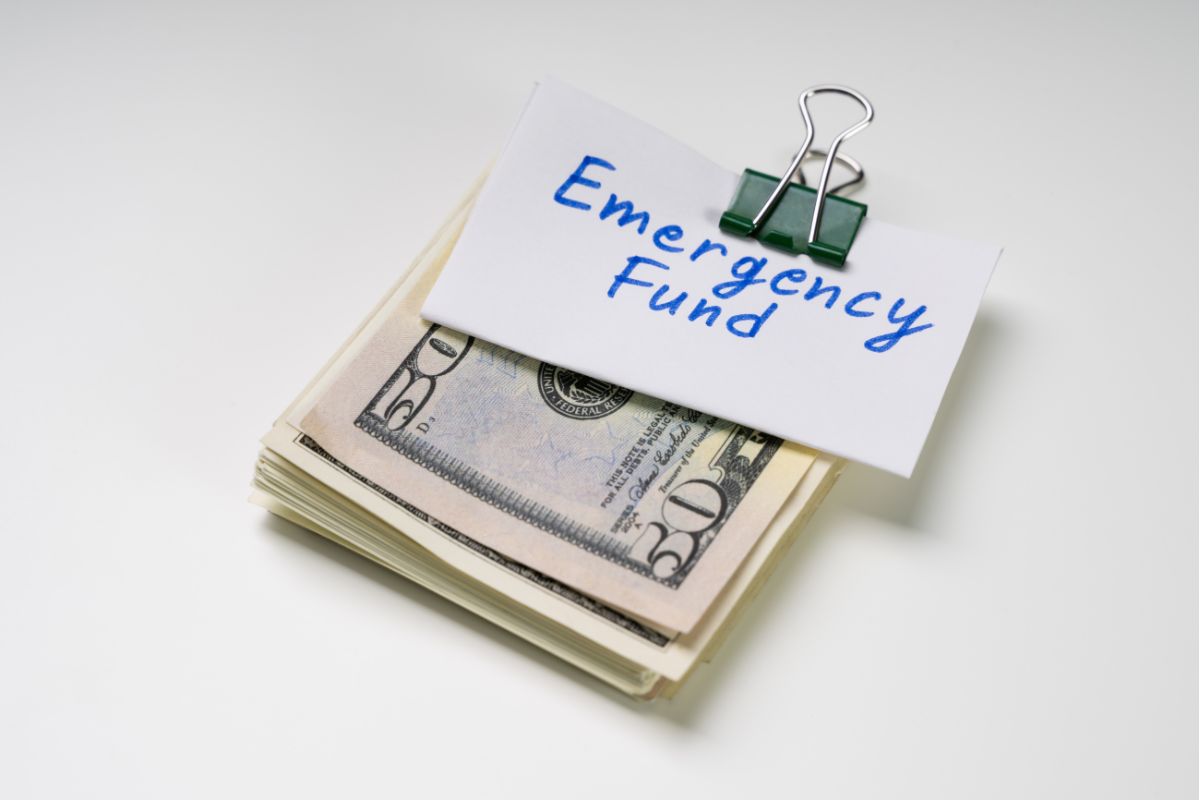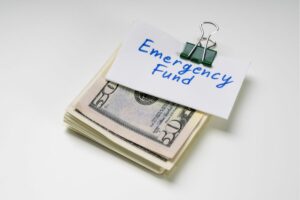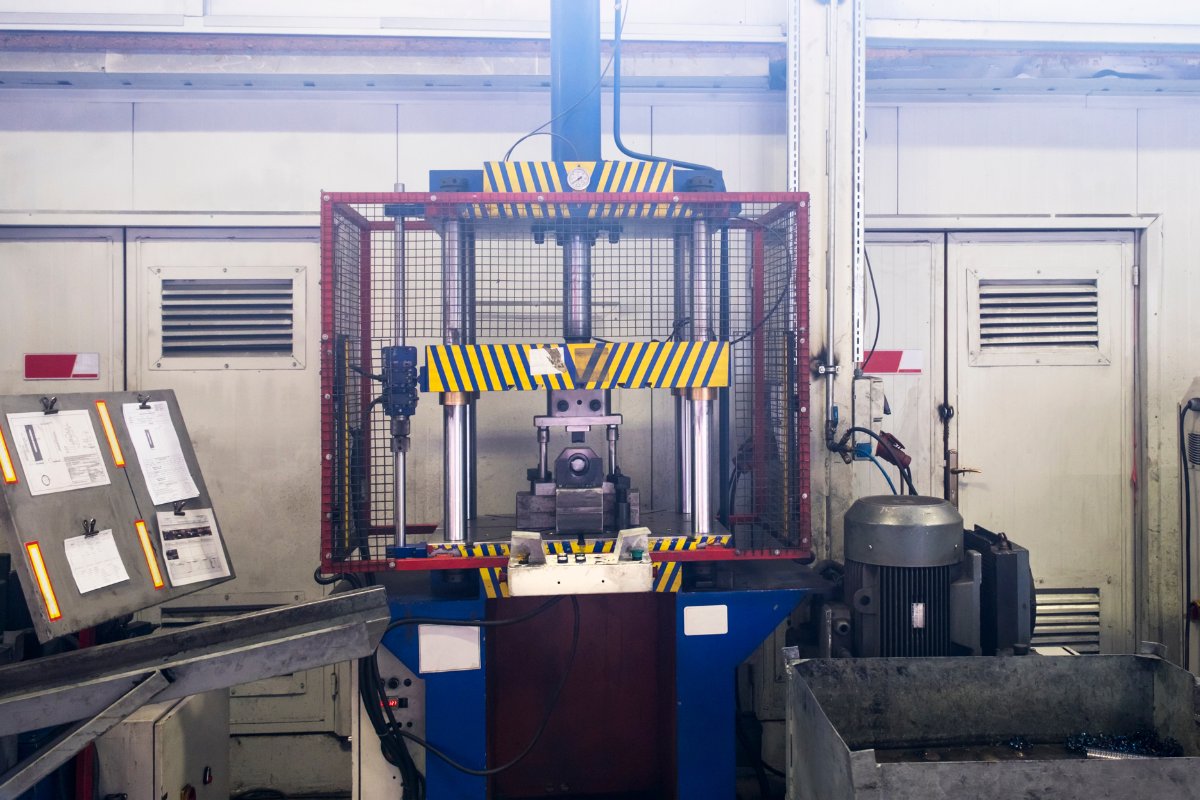What are 4 Easy Methods for Building an Emergency Fund?
According to USA Today, 44% of Americans are prepared for a $1,000 emergency expense.
This percentage is so low because many people disregard the possibility of emergencies when creating a budget.
The average individual will consider payments for their necessities, but won’t set up room for an unforeseen expense if it ever arises.
If you are committing the same mistake, it is important to fix that problem by creating a contingency plan for any emergency.
There are several resources available, like car title loans or credit cards, to aid you in a circumstance, but it’d be beneficial to have some money of your own for these situations.
That’s why many financial experts recommend building an emergency fund to prepare you for the unpredictable!
Just look into your finances and find a vehicle to deposit your money, like a high-yield savings account or a certificate of deposit (CD).
Suppose this is your first time assembling an emergency fund. In that case, it’s understandable if you’re curious about finding the best method to save money successfully.
While everyone has their own way of building an emergency fund, there are some popular techniques that are proven and effective.
Here are 4 strategies for building an emergency fund for any future predicament:
Post Contents
1. Deposit Money Towards Your Emergency Fund Consistently
Consistency is key to growing your emergency fund and saving enough money for different situations.
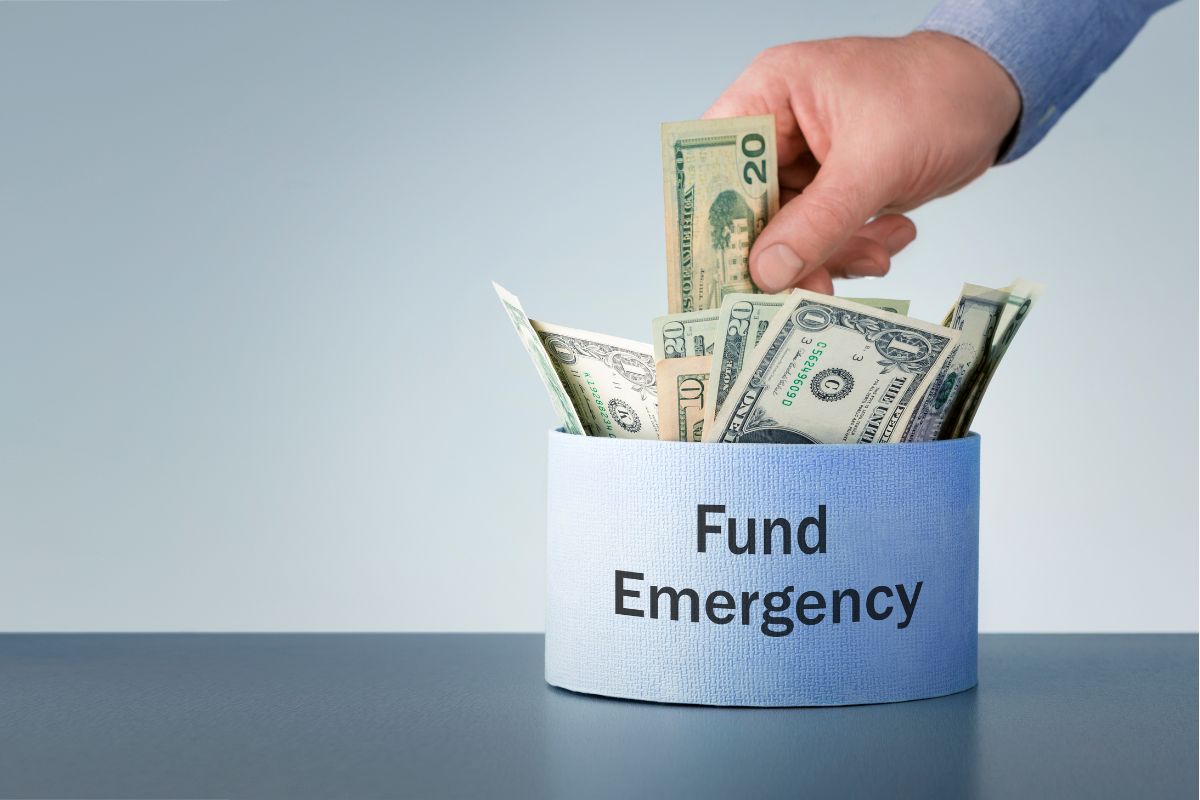
Ensure you establish a monthly date to transfer your funds so you can get closer to your emergency fund goals. Set reminders on your phone’s calendar to keep track of your payments, and never miss a day.
You can always add more money to your monthly deposits occasionally if you see the opportunity to do so. Through that strategy, you can motivate yourself to consistently contribute to your emergency fund!
Speaking of motivation, it is important to keep yourself eager to build up your savings. If you lose interest in making contributions, you may not have sufficient funds available to cover an unexpected medical bill or an auto repair cost.
Fortunately, you can keep yourself motivated by estimating a time window for your savings goals and see how long it’ll take to accomplish them.
You can also maintain excitement by working with a friend or family member trying to assemble an emergency fund.
Both you and your loved one can create a support system to hold yourselves accountable for saving for unexpected expenses.
If you’re restricting frivolous spending to save for your emergency fund, you can reward yourself once in a while to remain driven.
2. Automate Your Savings
If building an emergency fund sounds like a hassle, you can simplify the process by setting up automatic transfers to your savings vehicle.
You will only have to determine how much you’ll want to transfer and how many times you want to make that transaction.
Once you decide what you want to do, the system will handle the workload without you having to do anything at all.
It’s worth mentioning that the “hands-free” approach can lead to overspending your budget if you’re not careful.
Many people forget their automated payments after a while, which can leave them thinking they have more funds in their checking account than they actually have.
Before they know it, their accounts run a bit dry at the end of the month, leaving them in a difficult situation in the future.
To avoid that issue, you can always set up reminders to monitor your checking account and review your transaction history.
You can also request monthly statements by mail as an additional method for tracking your balance.
If necessary, you can arrange notifications through your bank’s mobile app to notify you every time an automated payment goes through.
3. Make Use Of Any Financial Windfalls
In case you don’t know, a financial windfall is a significant amount of money you didn’t expect to receive.
These can be categorized by things like inheritance money, gift cards, tax refunds, employee bonuses, or even winning a lottery.
While it’s understandable to use those funds for personal gain, depositing some of that money into growing your emergency fund would be beneficial.
Be aware that the amount you’ll transfer to your emergency fund will depend on your financial situation and preferences.
If you believe that putting $30 from a $200 gift card is enough, you can take that approach and use the rest for whatever you’d like.
However, depositing a large sum or all of that cash into your savings would be good if you want sufficient funds for any unforeseen expenses.
Talk to a financial accountant today to get advice on how much of your financial windfall you should put into your emergency fund.
Not only can they help you make a decision based on your financial situation, but they can also protect you from any implications attached to a windfall.
Make sure to research all of the available experts online and stick with the one with the most positive feedback.

4. Earn Extra Cash Through A Side Hustle
Generally, a person’s net income is the primary method for building an emergency fund. But what if you want to grow your emergency fund even further?
Thankfully, you can get a secondary source of income to obtain more money towards your emergency savings! Simply pick from various side hustles online and choose the one that works best for you.
What’s great about side jobs is that you don’t have to stick with one while working full-time. Finding gigs that won’t require much of your time is possible, which means you can take on multiple jobs to increase your income.
While several options are available, finding the ones that will pay you the most for your savings is important.
You can take on successful side hustles like paid online surveys, renting out a room, house-sitting, dog walking, or driving for a rideshare service.
No matter which secondary job you choose, you can expect to earn extra cash for your emergency fund. Ensure you prioritize that income towards your savings and never use it for personal spending.
If you create a steady schedule between your career and side hustles, you can have a constant flow of cash that will help you assemble your emergency fund quicker than expected.
Conclusion — Pick The Right Strategy For Building An Emergency Fund
Building an emergency fund is easy when choosing a method to help you meet your objectives.
While the above-mentioned strategies effectively assemble your savings, you can also research for other ways to grow your account.
Just find the right plan that works for you and use it wisely when building your emergency fund.
Don’t hesitate to call a financial planner today if you want an expert’s opinion on the best method in assembling the savings you need for unexpected expenses.


